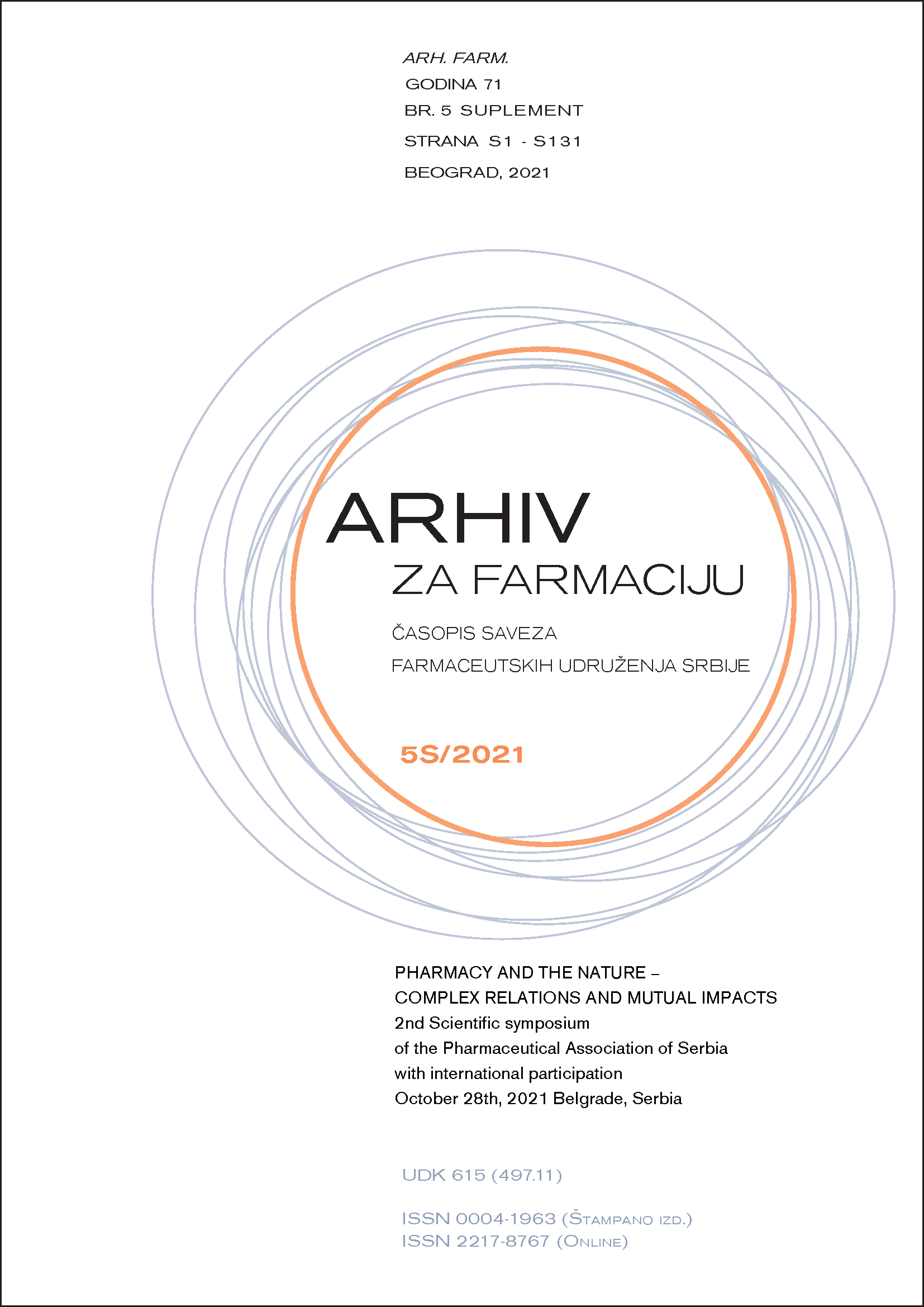THE USE OF NON-IONIC SURFACTANTS FOR THE EXTRACTION OF POLYPHENOLS FROM WINE BYPRODUCTS
Abstract
The winemaking process is known to generate large amounts of by-products, whereas grape pomace residue might account for approximately 20% of the mass of total processed grapes. The winery waste is simultaneously considered both, an ecological issue and an undervalued product, exceptionally rich in high value ingredients such as polyphenols (1, 2). Therefore, there is a growing scientific and industrial interest in the valorization of winemaking waste and the effective recovery of polyphenols. The methodology suggesting the use of aqueous solutions of surfactants represents a novel approach to the conventional solid-liquid extraction of polyphenols (3). The aim of this study was to investigate the potential of different types of non-ionic surfactants for the extraction of polyphenol compounds from Cabernet Franc red grape pomace. Aqueous solutions of non-ionic surfactants Brij (S10, S20, O10, O20), poloxamer (237 and 407), Tween (20, 60, 80, 85) and Triton X-100 in concentrations of 0.5, 1, 2 and 3% were investigated. The extraction conditions were set to solvent-to-material ratio 100:1, pH value of solvents 4 and the extraction time 45 minutes. Distilled water, ethanol and water:ethanol (1:1) were used as control treatments. Total phenolic content of extracts was determined by Folin-Ciocalteu method, the HPLC method was employed in the characterization of phenolic compounds in Brij S20 and poloxamer 407 extracts as well as in control solutions. The yield of total phenolic compounds in the analyzed extracts depended on the type of applied surfactant and concentration. Among tested surfactant types, Brij S20 and poloxamer 407 exhibited the highest extraction potential. This study showed that applied surfactants are efficient in the extraction of polyphenols from winery waste in low concentrations, wherease an increase in concentration led to higher extraction efficiency. Therefore, these results indicate economic viability of investigated surfactants for an effective extraction. The surfactant type and concentration affected the share of the individual phenolic compounds in extracts, as well. Moreover, Brij S20 and poloxamer 407 showed an ability to extract resveratrol, unlike applied conventional solvents. These results suggest that an adequate selection of surfactant type could result in the targeted extraction of specified phenolics. The obtained results suggest the use of non-ionic surfactants as part of a simple and inexpensive methodology for the effective extraction of polyphenols from grape pomace.

